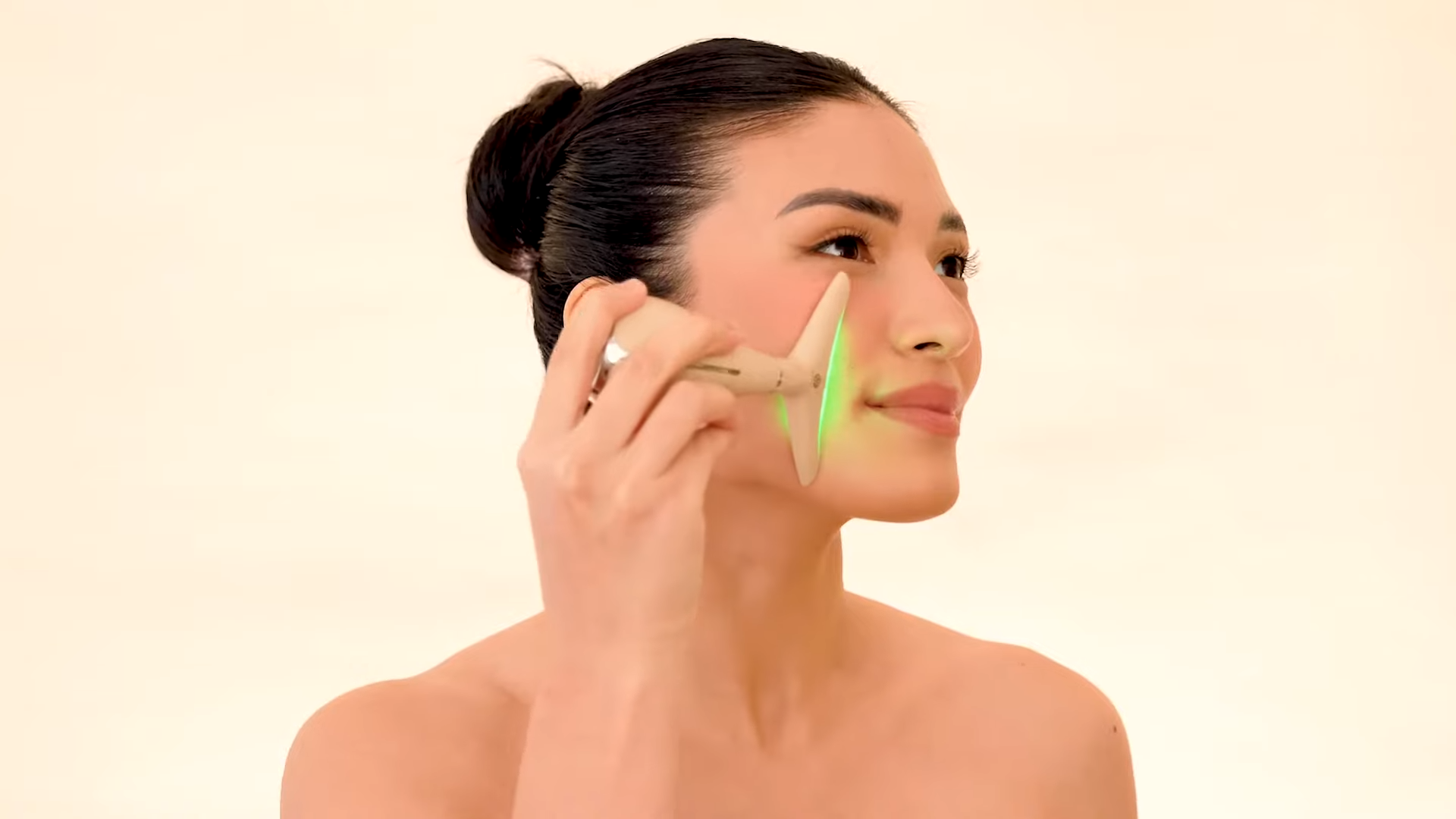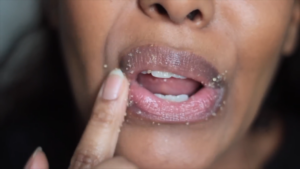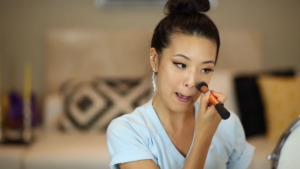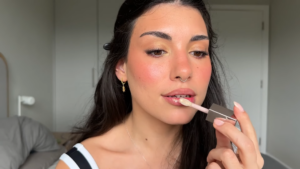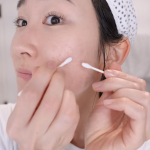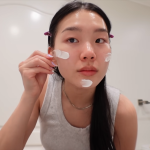Sunlight is the source of life on Earth, but it can also have a negative impact on our skin. Excessive sun exposure can cause premature aging, skin damage, and even skin cancer. Understanding the aging effects of the sun and taking steps to protect your skin is essential to maintaining optimal skin health and appearance.
Effects of Aging Due to Sunlight
Sunlight consists of two types of ultraviolet (UV) light: UVA and UVB. UVA rays have longer wavelengths and can penetrate deeper into the skin, causing damage to collagen and elastin, the proteins that give skin its elasticity and firmness. UVB rays have shorter wavelengths and are absorbed by shallower layers of the skin, causing sunburn and DNA damage.
Excessive sun exposure can cause various aging effects on the skin, including:
- Wrinkles and fine lines: UVA rays break down collagen and elastin, causing sagging skin and wrinkles.
- Sagging skin: Prolonged sun exposure can weaken the skin’s supporting structures, causing the skin to sag and lose firmness.
- Age spots (lentigo solaris): These flat brown spots are caused by increased production of melanin, the pigment that gives skin its color, in response to sun exposure.
- Rough, scaly skin: UVB rays can damage the outer layer of skin, causing it to become dry, rough, and scaly.
- Increased risk of skin cancer: Excessive sun exposure is a major risk factor for all types of skin cancer, including melanoma, the most dangerous type of skin cancer.
Protects Your Skin from Harmful Rays
Although moderate sun exposure can have health benefits, such as increasing vitamin D production, it is important to protect your skin from excessive sun exposure. Here are some steps you can take to protect your skin:
- Use sunscreen: Sunscreen is your first line of defense against the sun. Look for a broad-spectrum sunscreen that protects against both UVA and UVB rays. Use sunscreen with an SPF (Sun Protection Factor) of at least 30 and reapply every two hours or more often if you sweat or swim.
- Wear protective clothing: Clothing that covers your skin, such as long sleeves, long pants, and wide-brimmed hats, can help block the sun’s rays. Choose clothing made from dense, dark-colored fabrics, as these provide better protection than thin, light-colored fabrics.
- Avoid sun exposure during peak hours: The sun’s rays are strongest between 10 am and 4 pm. If possible, avoid spending time outdoors during these hours.
- Seek shade: If you must be outdoors, seek shade under a tree, umbrella, or other structure.
- Wear sunglasses: Sunglasses that block 100% of UVA and UVB rays can protect your eyes from sun damage.
- Avoid tanning: Tanning, whether in the sun or at a tanning salon, can damage your skin and increase your risk of skin cancer.
- Check your skin regularly: Check your skin regularly for any changes, such as new or changing moles, age spots, or suspicious lesions. If you notice any changes, consult a dermatologist immediately.
Conclusion
The aging effects of the sun can have a significant impact on the health and appearance of your skin. By understanding the negative impacts of excessive sun exposure and taking steps to protect your skin, you can minimize the risk of skin damage and keep your skin healthy and young-looking for years to come. Remember to use sunscreen, wear protective clothing, seek shade, and avoid tanning to protect your skin from the sun’s harmful rays.

